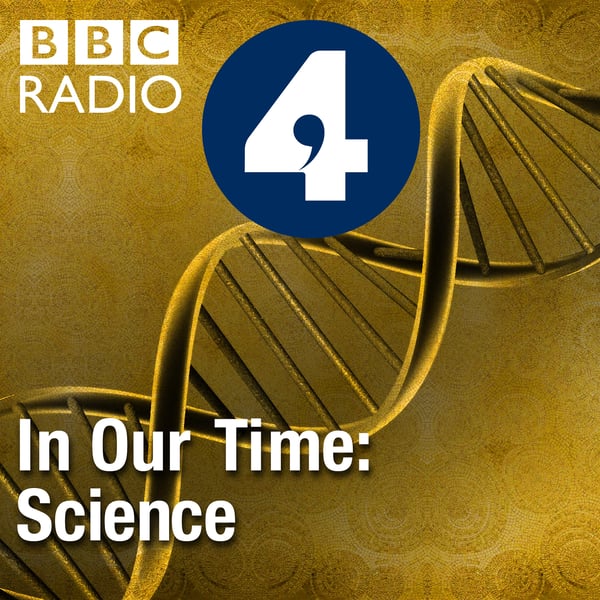Macromolecules
In Our Time: Science
BBC
4.5 • 1.4K Ratings
🗓️ 29 December 2011
⏱️ 42 minutes
🧾️ Download transcript
Summary
Transcript
Click on a timestamp to play from that location
| 0:00.0 | Thanks for downloading the In Our Time podcast. For more details about In Our Time and for our terms of use, please go to BBC.co.uk. |
| 0:09.0 | I hope you enjoy the program. |
| 0:12.0 | Hello, there in our houses, in our clothes, on our desks at work, in the car, in our food, and in the |
| 0:17.7 | fabric of our bodies. We couldn't live without them, and yet we didn't know they existed |
| 0:22.0 | until less than a century ago. |
| 0:24.0 | The indispensable life-giving entities I'm talking about are macro molecules, otherwise known as giant molecules or polymers. |
| 0:31.0 | We've learned to copy the structures of these naturally occurring phenomena |
| 0:35.3 | to make all kinds of plastics, fabrics and materials. From washing powder to aeroplane |
| 0:39.9 | construction, they are an increasingly vital part of the modern world. |
| 0:44.0 | And today, scientists are finding revolutionary new uses for them, from drug delivery inside the |
| 0:49.0 | body to ultra-thin computer screens. |
| 0:52.1 | With me to discuss macro molecules are Tony Ryan, |
| 0:55.6 | Pro Vice Chancellor for the Faculty of Science |
| 0:57.7 | at the University of Sheffield. |
| 0:59.5 | Athene Donald, Professor of Experimental Physics |
| 1:02.2 | at the University of Cambridge and a fellow of Robinson College, |
| 1:05.0 | and Charlotte Williams, Reader in Polymer Chemistry and Cadallices at Imperial College London. |
| 1:10.0 | Tony Ryan, can you just tell us what macro molecules are? |
| 1:13.2 | So, macro molecules are giant molecules. |
| 1:16.9 | So often they're made from joining lots of little molecules together. |
| 1:20.8 | So polythene of the polythene bag is a polymer. The word comes from the Greek, Poly, |
| 1:26.7 | many, Myros little things. And the little things are ethylene molecules, two carbons and |
... |
Please login to see the full transcript.
Disclaimer: The podcast and artwork embedded on this page are from BBC, and are the property of its owner and not affiliated with or endorsed by Tapesearch.
Generated transcripts are the property of BBC and are distributed freely under the Fair Use doctrine. Transcripts generated by Tapesearch are not guaranteed to be accurate.
Copyright © Tapesearch 2025.

